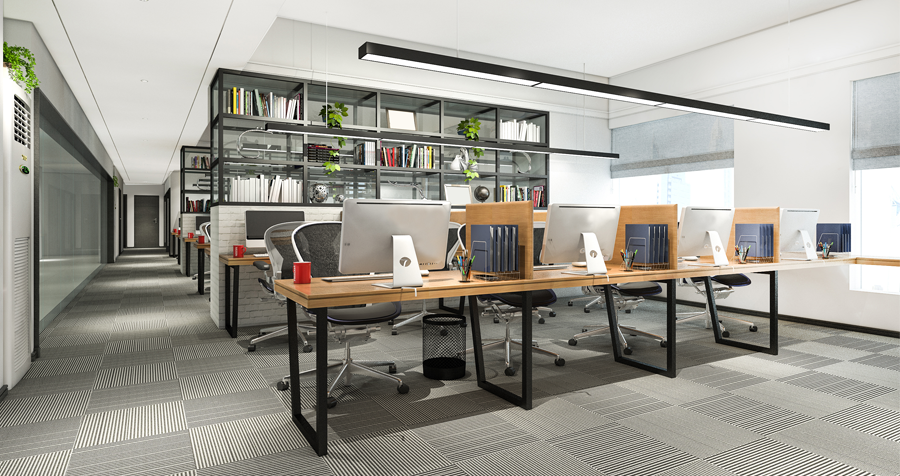Top Interior Work: Residential & Commercial Interiors

Interior work involves designing and enhancing the interior spaces of homes, offices, and commercial properties to make them functional, aesthetically pleasing, and aligned with the specific needs and preferences of the client. It combines art, architecture, and design principles to create spaces that are not only beautiful but also practical and comfortable.
Key Aspects of Interior Work:
1). Space Planning: This is the foundational step in interior work. It involves arranging furniture and decor in a way that optimizes the available space, ensuring comfort, accessibility, and proper flow of movement. Good space planning maximizes both the visual appeal and functionality of the area.
2). Design and Aesthetics: Interior work is heavily focused on creating visually appealing spaces. Designers use elements like color schemes, textures, patterns, and materials to create a cohesive look. Whether it’s minimalist, modern, traditional, or eclectic, the design should reflect the personality or brand of the client.
3). Furniture and Fixtures: Selecting the right furniture and fixtures is crucial to interior design. Custom-made or carefully curated pieces can enhance the overall look while fulfilling practical purposes. In residential spaces, this could mean finding the perfect sofa or dining table, while in offices, ergonomic and functional furniture takes precedence.
4). Lighting: Lighting is a key component of interior work. It can set the mood, highlight design features, and even make spaces feel larger or cozier. Interior designers often use a mix of natural, ambient, task, and accent lighting to achieve the desired effect.
5). Material and Finishes: Interior work also involves selecting the right materials and finishes, whether it's flooring, walls, countertops, or cabinetry. Choices can include natural materials like wood and stone or modern materials like glass and steel, depending on the design style.
6). Sustainability: Increasingly, interior work incorporates sustainable practices, using eco-friendly materials, energy-efficient lighting, and designs that reduce environmental impact.